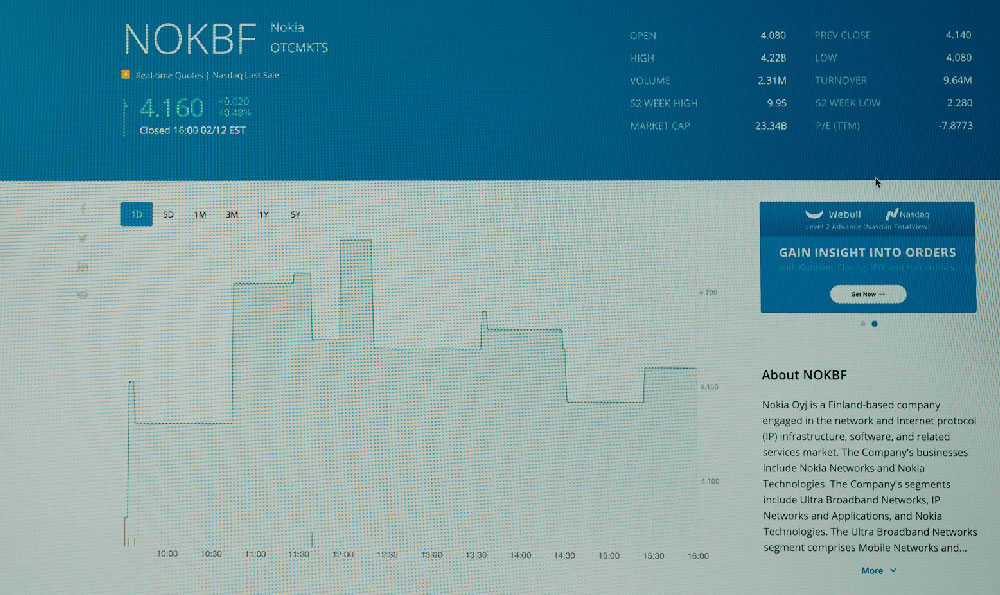Oracle, a titan in the database management and cloud computing industries, generates its revenue through a multifaceted approach that hinges on software licenses, cloud services, hardware sales, and consulting services. Understanding these streams is crucial for grasping the company's financial health and its strategic positioning within the evolving tech landscape.
The bedrock of Oracle's revenue for many years has been its software licenses. These encompass the sale of perpetual licenses, granting customers the right to use Oracle's software indefinitely, as well as term licenses, which provide usage rights for a specific duration, typically one to five years. The database software, in particular, has been a significant contributor, commanding a substantial market share due to its robust features, scalability, and reliability. Oracle's software suite extends beyond databases, encompassing middleware, application development tools, and enterprise resource planning (ERP) systems. The sale of these licenses, coupled with annual maintenance and support fees (which provide access to updates, patches, and technical assistance), traditionally formed the core of Oracle's income. However, the rise of cloud computing has prompted a strategic shift, leading to an increasing emphasis on cloud-based revenue models.
Oracle's cloud services represent a rapidly expanding and increasingly critical revenue stream. These offerings can be broadly categorized into Infrastructure as a Service (IaaS), Platform as a Service (PaaS), and Software as a Service (SaaS). IaaS involves providing virtualized computing resources, storage, and networking over the internet, allowing customers to run their own applications and operating systems without investing in physical infrastructure. PaaS offers a comprehensive platform for developing, running, and managing applications, enabling developers to focus on code rather than infrastructure management. SaaS, on the other hand, delivers fully functional software applications over the internet, such as customer relationship management (CRM), human capital management (HCM), and enterprise resource planning (ERP) systems. Oracle’s cloud offerings, encompassing Oracle Cloud Infrastructure (OCI) and its suite of SaaS applications like NetSuite and Fusion Cloud, are key drivers of growth. The subscription-based nature of these services provides recurring revenue, contributing to greater predictability and stability in Oracle's financial performance. The migration of existing customers to the cloud and the acquisition of new cloud clients are central to Oracle's strategy for sustaining revenue growth in the long term.

While less prominent than software licenses and cloud services, hardware sales still constitute a notable portion of Oracle's revenue. Oracle offers a range of engineered systems, such as Exadata, Exalogic, and SuperCluster, which are designed to optimize the performance of Oracle's software. These systems integrate hardware and software components to deliver pre-configured and highly efficient solutions for specific workloads. While Oracle's focus has shifted toward cloud services, the company continues to support and sell its hardware offerings to customers who prefer on-premise solutions or require specialized infrastructure. The sales cycle for hardware is typically longer than that for software licenses or cloud subscriptions, but the high value of these systems can contribute significantly to Oracle's revenue in a given period.
Consulting services also play a vital role in Oracle's revenue generation strategy. Oracle Consulting provides a range of services, including implementation, integration, and support for Oracle's software and hardware products. These services help customers to effectively deploy and utilize Oracle's technology, ensuring that they realize the full benefits of their investment. Oracle Consulting also offers specialized expertise in areas such as business process optimization, data analytics, and cloud migration. By providing consulting services, Oracle not only generates revenue directly but also strengthens its relationships with customers and enhances customer satisfaction. This, in turn, can lead to increased sales of software licenses, cloud subscriptions, and hardware systems.
Oracle's profit streams are intrinsically linked to its revenue sources. Software licenses, particularly the perpetual licenses, historically boasted high profit margins due to the limited marginal cost of replicating and distributing software. However, with the shift to cloud services, the profit margins have become more complex. Cloud services require significant upfront investments in infrastructure, data centers, and personnel. While cloud services offer the potential for recurring revenue and long-term growth, they also entail higher operating expenses. Achieving profitability in the cloud requires efficient management of infrastructure costs, effective pricing strategies, and the ability to scale operations rapidly.
Hardware sales typically have lower profit margins compared to software licenses, due to the costs associated with manufacturing, logistics, and distribution. However, Oracle's engineered systems command premium prices due to their specialized features and performance benefits. Consulting services can generate substantial profit margins, particularly when Oracle leverages its deep expertise in Oracle technologies and business processes. The key to maximizing profitability in consulting is to optimize resource utilization, deliver high-quality services, and maintain strong customer relationships.
In summary, Oracle's revenue is generated through a combination of software licenses, cloud services, hardware sales, and consulting services. The company's profit streams are influenced by factors such as the cost of infrastructure, pricing strategies, and the efficiency of operations. The ongoing transition to cloud-based revenue models presents both opportunities and challenges for Oracle. Successfully navigating this transition requires strategic investments in cloud infrastructure, the development of compelling cloud applications, and the ability to compete effectively in the dynamic cloud computing market. The future financial performance of Oracle will depend on its ability to capitalize on the growth opportunities in the cloud while effectively managing costs and maintaining its leadership position in the database management and enterprise software industries. Oracle’s continuous innovation and adaptation to evolving market demands will ultimately determine its sustained profitability and success.












